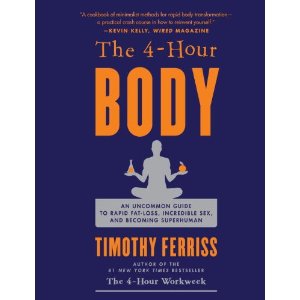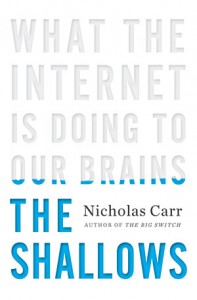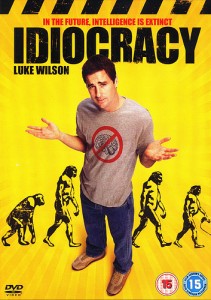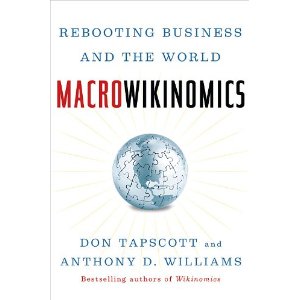The 4-Hour Body by Timothy Ferriss
This is a great read, but not from start to finish.
I would say that 2/3 of the book really appeals to me, and the other 1/3 does not, and yet I feel like the $24 I spent on this 500 page beast of a book was well worth the price. From reading some reviews and discussion surrounding this book, I’ve come to realize that a lot of people really seem to hate it, and its author Timothy Ferriss. I’ve seen him being accused of hacking Amazon’s rating system (check the comments) and it’s been said that he’s just a sleazy marketer who knows how to talk up a room. As for the book, there are some people who write it off as being “nothing new” or full of unsubstantiated claims. I’d venture a guess that 99% of those people haven’t actually read it. The book does make a lot of bold claims, some which may seem unbelievable (gain 34 pounds of muscle in 28 days by only working out for 60 minutes per week? Yeah, right!) at first, but then become more plausible as you delve deeper into the book.
You don’t have to read it all
This is one of those books that has a little bit of something for everybody, and is not intended to be read from front to back. There are sections on how to build muscle, how to lose fat, how to get a 6-pack, and even how to improve your sex life.
This is one of those books that has a little bit of something for everybody, and is not intended to be read from front to back. There are sections on how to build muscle, how to lose fat, how to get a 6-pack, and even how to improve your sex life. Most of Ferriss’ ideas are based around the question “How can I get the most out of doing the least?” The minimalist approach should appeal to anyone who’s ever said, “I’m too busy to be healthy.”
What I got out of this book
I’ve learned a lot from reading this book, and one of the most important things I’ve come to realize is that what you eat, and when you eat it, matters a lot more than how many hours you spend on the treadmill. Exercise is obviously important, but ultimately it’s all about what you eat. You can go to the gym everyday, run 60 minutes on the treadmill and lift a bunch of weights, but if you go home and eat a bunch of packaged foods and drink a keg of beer, you’re going to get fat. Eating the right stuff at the right times throughout the day can really help you out, and help you reach your goals.
Some other things I’ve learned, had reconfirmed, or changed about my day-to-day life:
- Don’t drink calories. Pop, juice and even milk are mostly just empty calories. Drink lots of water, and some green tea and a glass of red wine doesn’t hurt.
- Eat carbs, but only after you’ve just worked out.
- Mixed nuts such as cashews, Brazil nuts, and almonds are great snacks and are full of stuff (vitamins, minerals etc) that is good for you.
- Vegetables should comprise the biggest chunk of your meal. Start with vegetables, then add protein.
- Fish > Chicken > Beef
- Eat a high-protein and carb meal within 30 minutes of finishing your workout.
- Don’t eat (a lot of) dairy products. Cheese and milk might taste good, but they’re not all that healthy for you. You can get the calcium and vitamins from nuts and fish instead.
There’s a lot of information in this book, and it is actually a bit overwhelming. Anyone who’s spent time in the gym or has even a bit of education in human kinetics will probably find a lot of the material is just rehashing things they already know. That being said, Ferriss’ gift is that he puts it all in an easy-to-follow framework, with short chapters told through engaging stories. I’d highly recommend this book to anyone who has an interest in their own well-being and actually wants to think about what they eat and how to get the most out of a workout.







